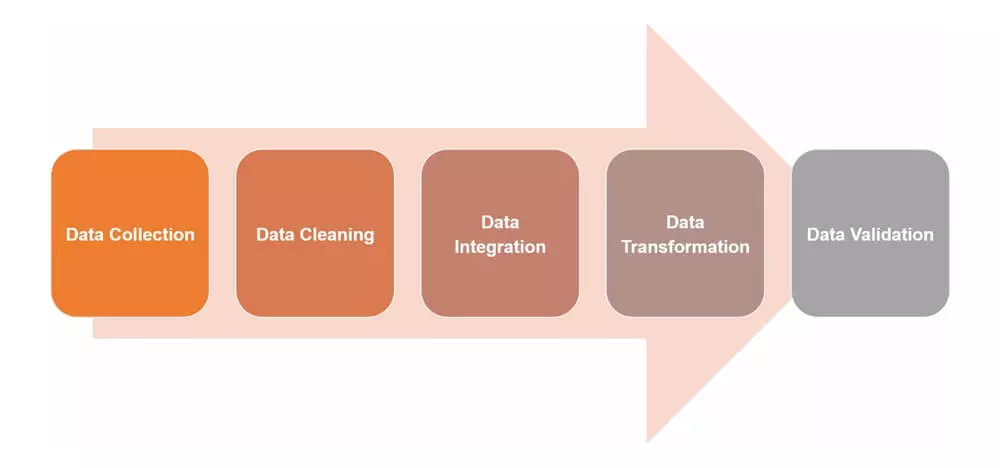
In logistics and supply chain management, data analytics is critical for streamlining operations, minimizing costs, and improving decision-making. Tools like anyLogistix enable businesses to manage the power of data analytics for supply chains. However, the effectiveness of these tools heavily depends on data preparation. Without well-prepared data, even the most advanced models may fail to deliver actionable insights.
Data preparation is the foundation of data analytics for supply chain operations. It involves collecting, cleaning, integrating, and structuring information from diverse sources, such as ERP systems, databases, and spreadsheets. This ensures that supply chain models accurately represent real-world systems and can generate meaningful outputs.
Contents:
Data quality directly impacts model accuracy. Inaccurate, incomplete, or inconsistent data can lead to faulty supply chain models and result in wrong decisions. Proper preparation ensures the data is reliable and improves the credibility and performance of models.
Integration across systems. Supply chain data often comes from various sources: inventory systems, transportation logs, supplier databases, and customer records. Data preparation harmonizes these datasets, allowing them to work together seamlessly in a model.
Reduces complexity in analytics. Data analytics for supply chains involve numerous variables, from demand forecasts to transportation schedules. Proper data preparation reduces complexity by organizing these variables systematically. It makes them easier to analyze and optimize.
1. Data Collection
2. Data Cleaning
3. Data Integration
4. Data Transformation
5. Data Validation

Steps in data preparation for supply chain modeling
Kedro is a powerful tool that simplifies and standardizes preparation and data analytics for supply chains. Its framework ensures a smooth transition from raw data to ready-to-use inputs for anyLogistix.
The framework is structured around several key components that help manage and organize data transformations:
For example, data from multiple suppliers can be cleaned, combined, and transformed into a unified performance table. This table, once validated, can be used in anyLogistix to model optimal supplier selection strategies.
The figure shows how nodes and pipelines in the Kedro framework help to organize the data for anyLogistix. Nodes represent each transformation applied to the data, while pipelines connect these transformations in the correct sequence.
Data organization in Kedro for anyLogistix (click to enlarge)
An internal data visualization tool, Kedro-Viz, enables users to break down the data processing into five layers:
1. Raw Data Section: The unprocessed data from ERP systems or Excel sheets.
2. Loaded Data: This data is structured and loaded into the system.
3. Primary Analysis: The cleaned data is analyzed and prepared for modeling.
4. anyLogistix Tables: The data is transformed into tables that anyLogistix can work with.
5. Final anyLogistix Model: The data is fully processed, allowing anyLogistix to create simulations and optimizations.
>Data processing visualization in Kedro-Viz showing the five data layers (click to enlarge)
You can watch the full report on using Kedro in combination with anyLogistix in data analytics for supply chain optimization. The case was presented by Nicholas Geary from Simwell at the anyLogistix Conference 2024. Slides are available as a PDF.

Data preparation is a crucial step for maximizing the value of data analytics for supply chains. By investing in data preparation processes and leveraging tools like Kedro and anyLogistix, businesses can unlock the full potential of their data. This results in better decision-making, optimized operations, and improved supply chain planning.
To learn more about international businesses using anyLogistix and data analytics for supply chain optimization, check out our case studies section.